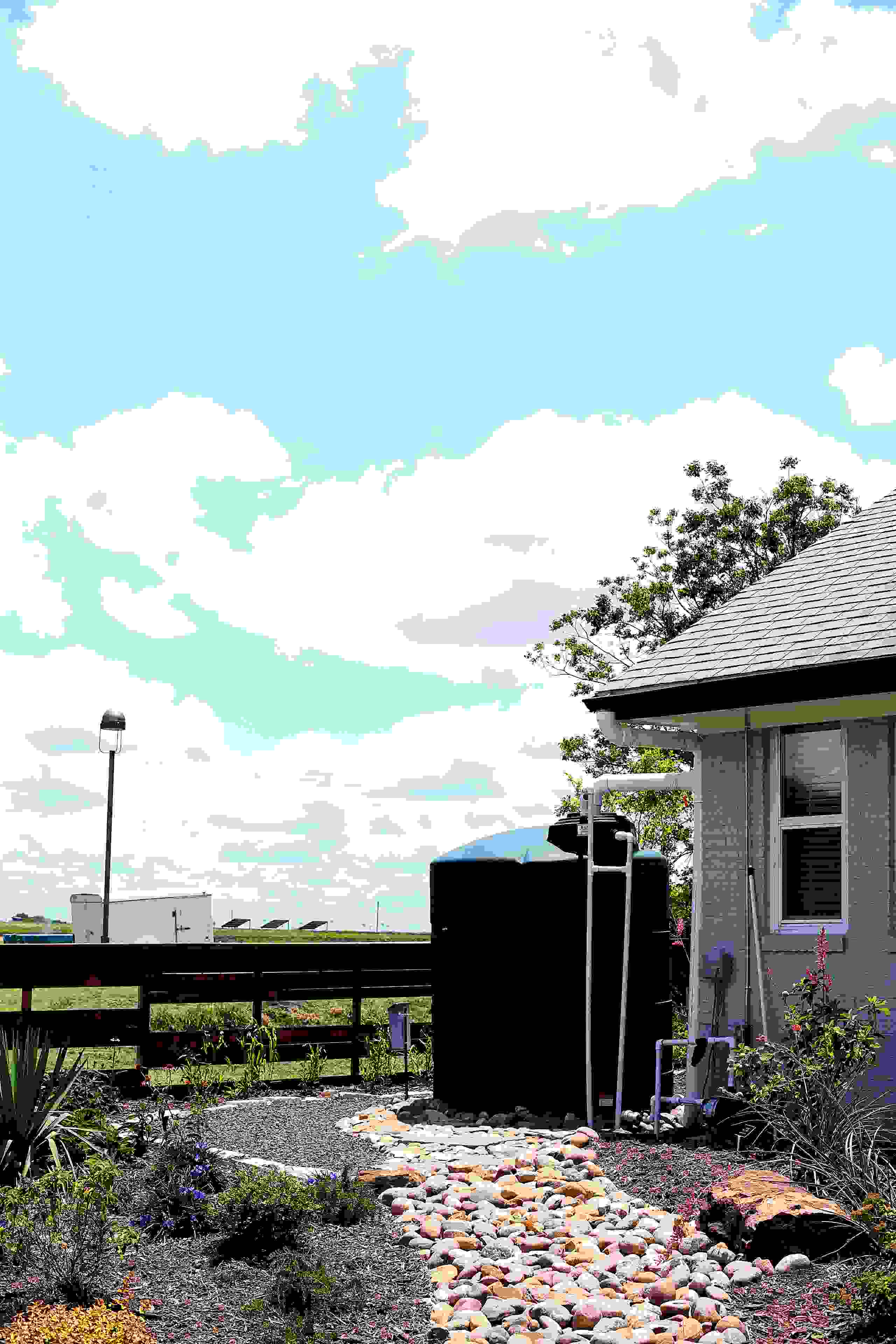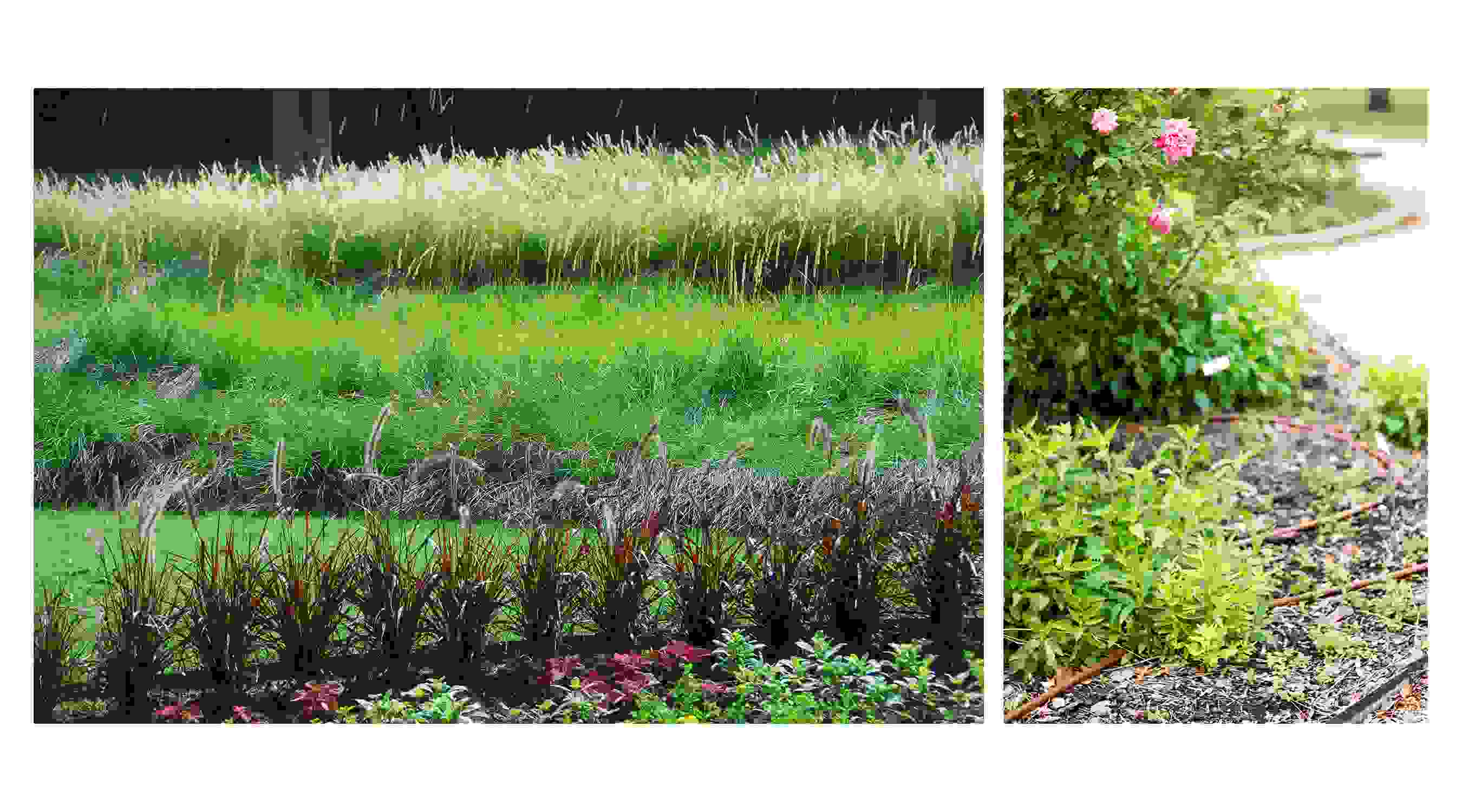What if understanding the soil and grass in residential lawns could help with water quality and reducing runoff? The Healthy Lawns and Healthy Waters Program is doing just that by helping Texas homeowners make better management decisions that will have a lasting impact on watersheds.
The educational training program, developed by the Texas A&M AgriLife Extension Service in the Department of Soil and Crop Sciences and the Texas Water Resources Institute, focuses on management decisions such as the type of turf best suited for the area, how to best manage irrigation and how to correctly apply fertilizer.
Dr. Benjamin Wherley, Texas A&M University associate professor in soil and crop sciences, said lawns serve more than just an aesthetic appeal to homes. They help with erosion control, landscape and bank stabilization, cooling the atmosphere and — one of the biggest functions — they serve as biological filters.
“Lawns serve a very important functional role, but we don’t want to mismanage it,” Wherley said. “That is where the educational part comes in.”
Wherley said the program opens the eyes of homeowners by showing them the environmental impact of their choices of turf, management practices and soil on runoff.
“If you go out and ask homeowners, ‘where does the runoff from your lawn go?’ I don’t think many of them even think about that,” he said.
John Smith, AgriLife Extension program specialist in soil and crop sciences, said the program is targeting areas where water resources are dwindling.
“We are carrying the program into watershed areas where water is precious,” Smith said.
Smith said by going to these areas, homeowners can learn how to capture part of the stormwater into rainwater harvesting tanks. Rainwater can then be used as needed to provide irrigation directly to landscape, which increases efficiency.

Healthy Lawns and Healthy Waters is currently focusing on five pilot watersheds including the following areas: Seguin, Boerne, Wimberley, Lockhart, San Antonio and Kyle.
Reagan Hejl, AgriLife research associate in soil and crop sciences, said the programs are customized to each watershed by selecting proper turf species for the particular area.
Hejl said starting with the best adaptive species to the area allows the homeowner to have a green lush lawn without over applying resources.
“A healthy, green lawn does not necessarily require a lot of water and nutrients,” Hejl said. “There are ways to have that green lawn without having to use excessive fertilizer nutrients and water.”
A unique aspect of the Healthy Lawns and Healthy Waters program that most people do not know about is the free soil testing offered.
Smith and Hejl said most residents overlook having their soil tested, but the test can provide in-depth information about the homeowner’s lawn and specific nutrient needs or pH issues.
“We can go look at a lawn and try to figure out what issues they are having, but without a soil test, there are a lot of things we can’t see by just looking at it,” Hejl said.
Dr. Diane Boellstorff, associate professor in soil and crop sciences and AgriLife Extension water resources specialist, said the two most frequent causes of water quality impairment in Texas are high concentrations of E. coli bacteria and excess nutrients. Healthy Lawns and Healthy Waters aims to provide the best management practices that address both of those impairments, Boellstorff said.
Boellstorff and Hejl said the program develops relationships with homeowners that will last even after the event is over, making it easier for homeowners to find expert advice when they need it.
Healthy Lawns and Healthy Waters provides information and access to resources that can be used for better management of lawns throughout Texas. For more information about the program and upcoming workshops, visit its website. To request a workshop, email hlhw@tamu.edu.

